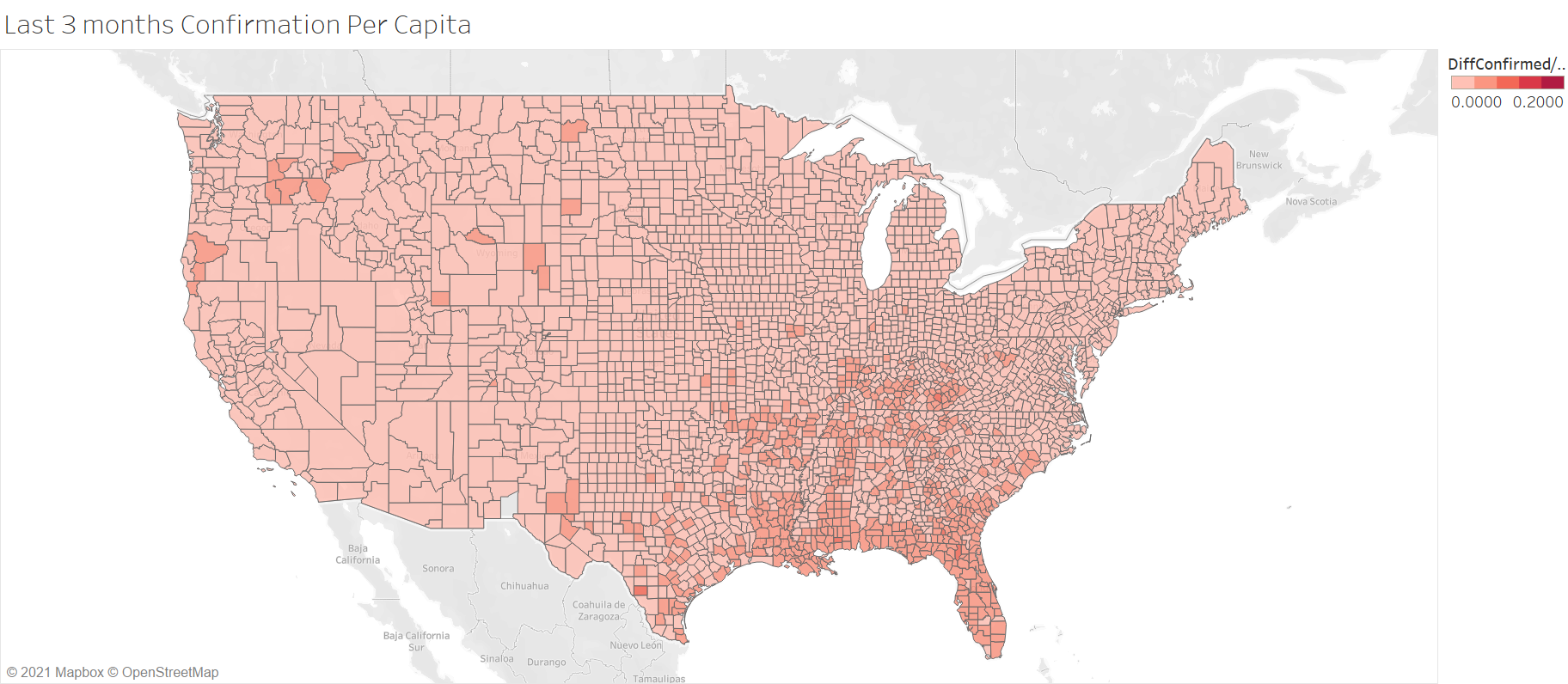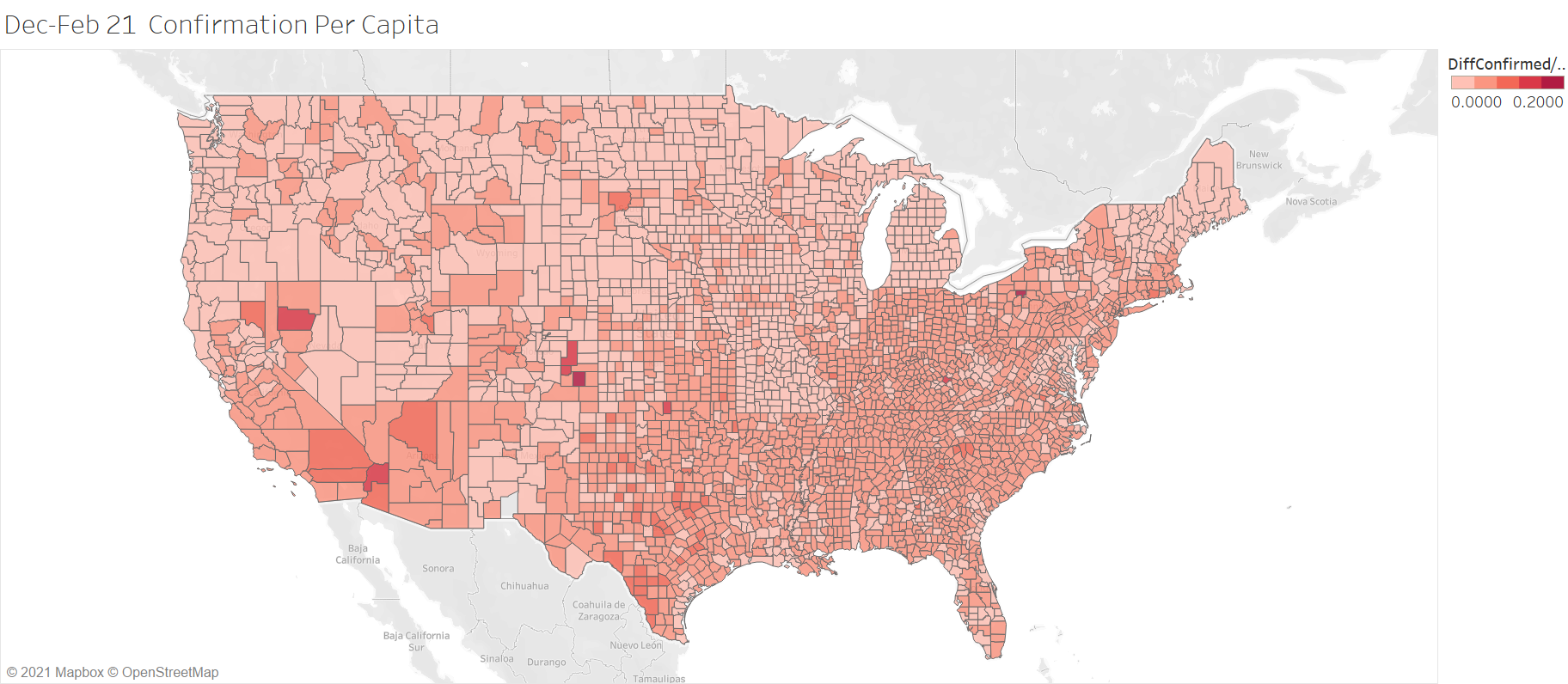Covid19mathblog.com
We briefly talked about this before but it’s important to revisit this nuance point – NEVER in the history have we tested this much – nonetheless asymptomatic patients. In the history of flu CDC doesn’t track asymptomatic nor did people volunteer to get tested with no symptoms. Think about it? When did you go get a test for presence of anything when you are feeling fine? Now we have multiple mandates from various employees requiring testing regardless of how you feel. PCR-Test test for presence not infection.
They have attempted to calculate asymptomatic flu which the CDC estimates as 2X as those with symptom – https://www.cdc.gov/flu/about/keyfacts.htm
“The commonly cited 5% to 20% estimate was based on a study that examined both symptomatic and asymptomatic influenza illness, which means it also looked at people who may have had the flu but never knew it because they didn’t have any symptoms. The 3% to 11% range is an estimate of the proportion of people who have symptomatic flu illness.”
NIH uses models and calculates 1 in 3 asymptomatic for flu – https://www.ncbi.nlm.nih.gov/pmc/articles/PMC2646474/#:~:text=One%20in%20three%20influenza%2Dinfected%20individuals%20is%20asymptomatic.&text=Mathematic%20models%20of%20influenza%20transmission/,included%20presymptomatic%20and%20asymptomatic%20individuals.
“One in three influenza-infected individuals is asymptomatic.4 Mathematic models of influenza transmission and control have included presymptomatic and asymptomatic individuals.”
All estimates – no one has done what we are doing now. As noted
Flu asymptomatic has been studied and shown to be able to spread the disease – https://www.centerforhealthsecurity.org/cbn/2005/cbnreport_103105.html
“As many as 50% of infections with normal seasonal flu may be asymptomatic, which may in part be due to pre-existing partial immunity [1]. Asymptomatic patients shed virus and can transmit the disease, but not at the same rate as symptomatic individuals, which creates an invisible “reservoir” for the virus. The implication of this is that public health disease containment measures and infection control measures, alone, may slow but cannot stop a flu epidemic.”
The point of the above discussion is the perspective on all these confirmations numbers – clearly large and potentially scary because we haven’t known or seen something like this – but perhaps its because we just never measured it. For sure covid-19 is more potent than the regular Flu – but the point is don’t get so enamored with the confirmation numbers – lets focus on deaths and hospitalization.
The big news is the boy risk of myocarditis 12-17….here is the raw study vs. the press version – the sample size wasn’t the largest but its certainly a risk that needs to be understood so everyone can make their OWN risk/reward calculation. We already know their reward is not that much given the data of deaths/hospitalization and limited long covid data for this category – https://www.medrxiv.org/content/10.1101/2021.08.30.21262866v1
“Results A total of 257 CAEs were identified. Rates per million following dose 2 among males were 162.2 (ages 12-15) and 94.0 (ages 16-17); among females, rates were 13.0 and 13.4 per million, respectively. For boys 12-15 without medical comorbidities receiving their second mRNA vaccination dose, the rate of CAE is 3.7 to 6.1 times higher than their 120-day COVID-19 hospitalization risk as of August 21, 2021 (7-day hospitalizations 1.5/100k population) and 2.6-4.3-fold higher at times of high weekly hospitalization risk (7-day hospitalizations 2.1/100k), such as during January 2021. For boys 16-17 without medical comorbidities, the rate of CAE is currently 2.1 to 3.5 times higher than their 120-day COVID-19 hospitalization risk, and 1.5 to 2.5 times higher at times of high weekly COVID-19 hospitalization.
Conclusions Post-vaccination CAE rate was highest in young boys aged 12-15 following dose two. For boys 12-17 without medical comorbidities, the likelihood of post vaccination dose two CAE is 162.2 and 94.0/million respectively. This incidence exceeds their expected 120-day COVID-19 hospitalization rate at both moderate (August 21, 2021 rates) and high COVID-19 hospitalization incidence. Further research into the severity and long-term sequelae of post-vaccination CAE is warranted. Quantification of the benefits of the second vaccination dose and vaccination in addition to natural immunity in this demographic may be indicated to minimize harm.”
A decent compromise is to take 1 shot vs. 2 shot. In fact in terms of worldwide issues of vaccine shortages this might be the best strategy for those <55 and no comorbidity. The bulk of the efficacy comes from the first shot.
Last three months confirmation per capita – look it’s a southern issue – perhaps you want to jump to a political discussion vs. HVAC?
No its just human behavior – environment shift people into staying inside – when it gets cold you see it gets shifted upwards and the south improves – when you stay in your homes or commercial buildings with poor ventilation viral load will climb – and infections with it.
US leads still
Same top 3
This time seeing some dispersion from low vaxx counties vs. high vaxx county but still not clear – human behavior still more important




